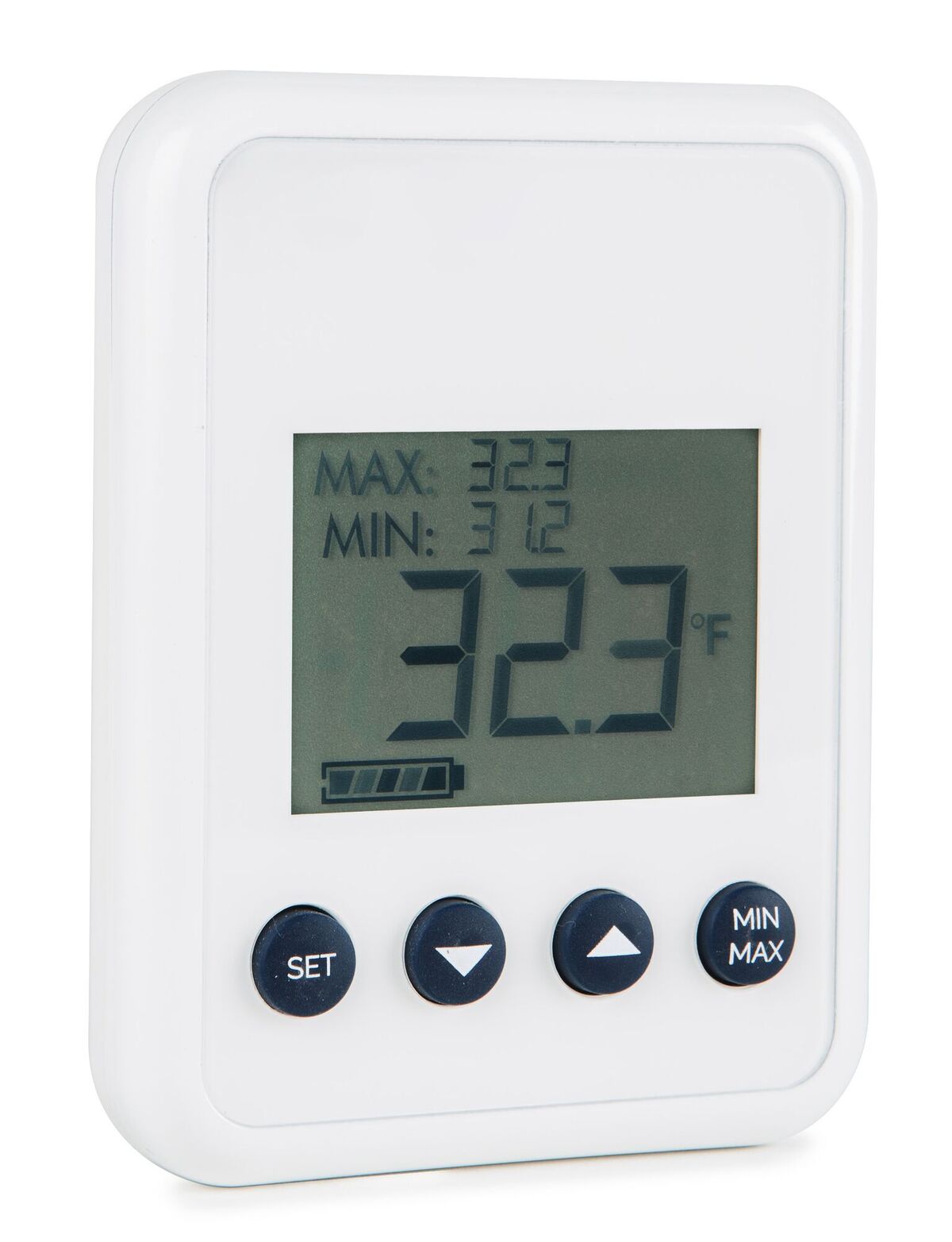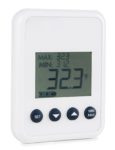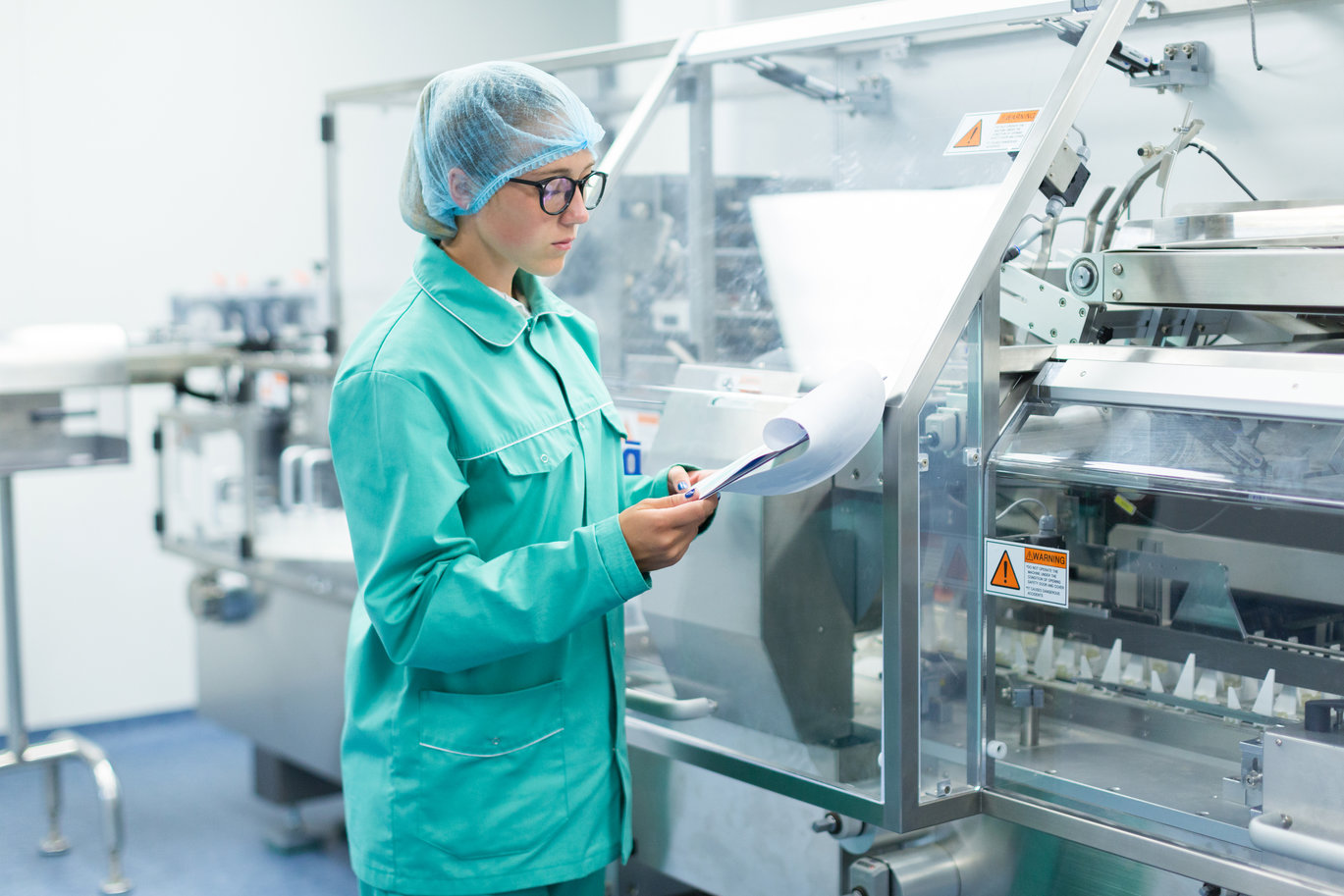No matter the size of your cannabis greenhouse operation, keeping your plants alive and healthy requires the best possible growing environment. This means greenhouse managers and personnel must frequently monitor the status of environmental conditions and equipment. The sooner someone discovers extreme temperature fluctuations, rising humidity or equipment failure, the more inventory you can save.

That’s why integrating a remote monitoring system into your greenhouse operation can save you time, money and anxiety. Monitoring systems that use cloud-based technology let you see real-time status of all monitored conditions and receive alerts right on your mobile device.
Installing a monitoring system and sensors can be easier than you might think. Here are answers to ten questions to ask before installing a cloud-based monitoring system:
- What is required to use a remote monitoring system?
Most remote monitoring systems require an internet or WiFi connection and access to an electrical outlet. Programming is done through a website, so it’s easiest to use a computer for the initial setup. If you don’t have an internet connection at your location, you’ll want to choose a cellular system. Make sure that there’s sufficient signal strength at your site, and check the signal quality in the area before purchasing a cellular device.
2. How do we determine what kind of monitoring system and sensors we need?
A reputable manufacturer will have a well-trained support team that can assess your needs even without a site visit to determine which products are best for your application. If you feel you need them to check out your greenhouse operation,many companies can set up a video conference or FaceTime chat to substitute for being on site.
You will want to provide details about the scope and purpose of your cannabis growing operation. Important factors to discuss include:
- Skeletal structure of the greenhouse (metal, plastic, wood, etc.) and the covering material (glass or plastic).
- Floor space square footage and height of each of your greenhouses.
- Number of greenhouse structures in your operation.
- Outdoor climate to determine if you rely more on heating or air conditioning and the level of humidity control needed.
- Space dedicated to phases of growth (cloning and propagation, vegetative, flowering) and the microclimates needed for each.
- Types of lighting, ventilation and irrigation systems.
- Level of technological automation versus manual operation in place.
The monitoring system representative will then determine the type of system that would best serve your operation, the number of base units you will need and the types of sensors required.
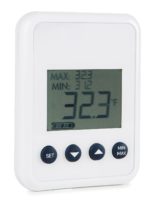
The representative should also be able to provide tips on the placement of the sensors you’re purchasing. For example, to ensure thorough air temperature coverage, place sensors throughout the greenhouse, next to the thermostat controlling the room temperature and in the center of the greenhouse out of direct sunlight.
Note that there shouldn’t be a cost for a demo, consultation or assistance throughout the sales process. Be sure to ask if there are any fees or licenses to keep using the monitoring equipment after you purchase it.
3. Are sensors included with the monitoring system?
In most cases, sensors are sold separately. The sensors you select depend upon the conditions you want to monitor and how many you can connect to your base unit. Certainly, temperature is critical, but there are many other factors to deal with as well, such as humidity, CO2, soil moisture, water pH, power and equipment failure, ventilation and physical security.
For example, humidity has a direct impact on the photosynthesis and transpiration of plants. High humidity can also cause disease and promote the growth of harmful mold, algae and mildew. Sensors can detect changes in humidity levels.
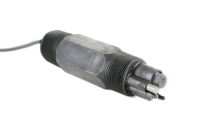
Like any other plant, cannabis needs CO2 to thrive, so it’s a good idea to include a CO2 sensor that will signal to the monitoring device when readings go out of the preset range. There are even sensors that you can place in the soil to measure moisture content to help prevent over- or underwatering, budget water usage costs, promote growth and increase crop yield and quality.
Of course, all the critical systems in your growing facility—from water pumps to irrigation lines to louvers—rely on electrical power. A power outage monitoring sensor detects power failure. It can also monitor equipment for conditions that predict if a problem is looming, such as power fluctuations that occur at specific times.
Ventilation systems not only help control temperature, they also provide fresh air that is critical to plant health. Automated systems include features like vented roofs, side vents and forced fans. Sensors placed on all these systems will send personnel an alert if they stop running or operate outside of preset parameters.
To monitor the physical security of your greenhouses, you can add sensors to entrance doors, windows, supply rooms and equipment sheds. During off hours, when no staff is on duty, you can remain vigilant and be alerted to any unauthorized entry into your facility.
4. Do monitoring systems only work with the manufacturer’s sensors?
Not necessarily. For example, certain monitoring units can connect with most 4-20mA sensors and transmitters regardless of the brand. When selecting sensors, you might have a choice between ones that are designed by the manufacturer to work specifically with the monitoring system or universal components made by a third party. If the components aren’t made by the system manufacturer, you’ll want to find out if they have been tested with the monitor you are choosing and if you need to work with another vendor to purchase the parts.

5. Is a monitoring system easy to set up, or do we need to hire an electrician?
Many monitoring systems are quick and easy to install, and users can often set them up without hiring an outside expert. Look for one that requires only a few simple physical installation steps. For example:
- Mount the device to the wall or somewhere secure;
- Plug it into an electrical outlet and an internet connection;
- Connect the sensors.
You connect the sensors to the base unit’s terminal strip using wire, which is included with many sensors. The range of many wired sensors can be extended up to 2,000 feet away from the base unit by adding wire that can be easily purchased at any home store. It’s a good idea to hire an electrician if you need to run wires through walls or ceilings.
Usually, once you plug in the device and connect the sensors, you then create an account on the manufacturer’s designated website and begin using your device. There should be no fee to create an account and use the site.
If the manufacturer doesn’t offer installation services, ask if they can recommend a local representative in your area who can set up your system. If not, make sure they provide free technical support via phone or email to walk you through the installation and answer any questions you might have about programming and daily usage.
6. Is there a monthly fee to access all the functionality of a monitoring device?
Many web- or cloud-based systems provide free functionality with some limitations. You might have to purchase a premium subscription to unlock features such as text messaging, phone call alerts and unlimited data logging access.
7. Should we get a system that is wired or wireless? Will we need to have a phone line, cable, internet or something else?
Wireless can mean two different things as it relates to monitoring: how the system communicates its data to the outside world and how the sensors communicate with the system.
The most popular systems require an internet or WiFi connection, but if that’s not an option, cellular- and phone-based systems are available.
A hardwired monitoring system connects the sensors to the base device with wires. A wireless system uses built-in radio transmitters to communicate with the base unit. Some monitoring systems can accommodate a combination of hardwired and wireless sensors.
8. Can one system monitor several sensor inputs around the clock?
Once the monitoring system is installed and programmed, it will constantly read the information from the sensors 24/7. Cloud-based systems have data logging capabilities and store limitless amounts of information that you can view from any internet-connected device via a website or app.
If the system detects any sensor readings outside of the preset range, it will send an alarm to all designated personnel. The number of sensors a base unit can monitor varies. Make sure to evaluate your needs and to select one that can accommodate your present situation and future growth.
When a monitoring system identifies a change in status, it immediately sends alerts to people on your contact list. If you don’t want all your personnel to receive notifications at the same time, some devices can be programmed to send alerts in a tiered fashion or on a schedule. Multiple communications methods like phone, email and text provide extra assurance that you’ll get the alert. It’s a good idea to check the number of people the system can reach and if the system automatically cycles through the contact list until someone responds. Some systems allow for flexible scheduling, so that off-duty personnel don’t receive alerts.
9. Do monitoring systems have a back-up power system that will ensure the alarming function still works if the power goes out or if someone disconnects the power?
The safest choice is a cloud-based system that comes with a built-in battery backup that will last for hours in the event of a power failure. Cloud-based units constantly communicate a signal to the cloud to validate its online status. If the communication link is interrupted—for example by a power outage or an employee accidently switching off the unit—the system generates an alarm indicating that the internet connection is lost or that there is a cellular communications problem. Users are alerted about the disruption through phone, text or email. All data collected during this time will be stored in the device and will be uploaded to the cloud when the internet connection is restored.
If you opt for a cloud-based monitoring system, make sure the infrastructure used to create the cloud platform is monitored 24/7 by the manufacturer’s team. Ask if they have multiple backups across the country to ensure the system is never down.
10. What should we expect if we need technical support or repairs to the system?
Purchase your system from a reputable manufacturer that provides a warranty and offers full repair services in the event the product stops working as it should. Also, research to make sure their tech support team is knowledgeable and willing to walk you through any questions you have about your monitoring system. Often, support specialists can diagnose and correct unit setup and programming issues over the phone.
It helps to record your observations regarding the problem, so the tech team can look for trends and circumstances concerning the issue and better diagnose the problem. Ideally, the manufacturer can provide loaner units if your problem requires mailing the device to their facility for repair.

